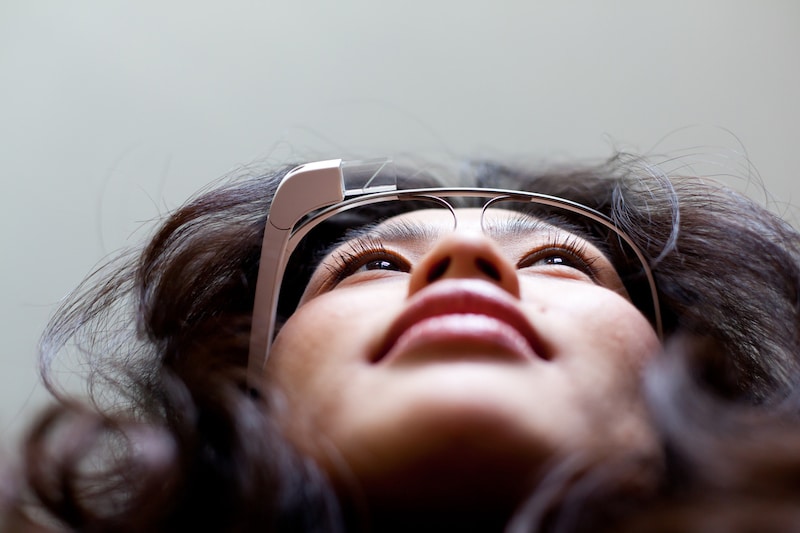At the 2022 Google Global I/O Developers Conference, a new generation of Google Augmented Reality (AR) Glasses was officially demonstrated. These new glasses are equipped with Google Translate technology and support real-time spoken machine translation services in 32 languages. Google said its new AR glasses are in the internal testing phase and may provide more functional applications in the future.
Google also released a video on YouTube showing the language translation function of Google AR Glasses, which aims to break down language barriers.
“Looking ahead, there’s a new frontier of computing, which has the potential to extend all of this even further, and that is AR,” Google’s CEO, Sundar Pichai wrote in a blog post on May 11. “These AR capabilities are already useful on phones, and the magic will really come alive when you can use them in the real world without the technology getting in the way.”
The Brief History of Google Glass
This is the second time Google has displayed its AR glasses; the last time was in 2012.
The $1,500 price of the first-generation Google Glass and its “unusual” appearance initially made consumers stop looking at it. In addition, lack of applications, invasion of privacy, and technical problems were all shortcomings of the first-generation Google AR glasses. Apple CEO Tim Cook was very skeptical of the Google Glass, saying at the D11 conference in May 2013 that whether or not it would have a “broad range appeal” was “hard to see.”
Ultimately, the original Google AR Glasses were discontinued nine months after launch.
Google AR Glasses Feature Real-Time Machine Translation
Ten years later, in 2022, a new generation of Google AR glasses emerged. This time, Google just showed one of the real-time translation functions and did not reveal too many other details, giving the outside world much imagination. And the “real-time translation function” is very practical in daily life, attracting consumers.
In addition, in terms of appearance, the new Google AR glasses have a new design, with a black frame closer to real life. The external view of daily wear is no different from ordinary glasses, and consumers will not be seen as “weirdos” to wear them out.
Interpreting Services vs. Machine Translation
While Google’s AR glasses appear promising, the real-time function is being questioned. Suppose you are trying to have an actual conversation through a translation app, even with a virtual phone assistant like Siri. In that case, you must speak slowly, methodically, and clearly.
Indeed, machine translation cannot wholly replace human translation and localization services. If you want to communicate bilingually without any inconvenience, regardless of grammar, accent, and speed of speech, it is best to invest in real-time interpreting services provided by a professional translation agency.
About Language Connections:
Language Connections is one of the top language service companies in the US. Over the last 30 years, we’ve focused on providing the best business translation services, interpreting services, as well as interpreter training and customized language training programs. In addition to top-tier corporate language training, we offer certified corporate interpreters and professional business translation services in 200+ languages. Our network includes linguists with backgrounds in all major industries. They’re ready to meet your needs, whether they’re for technical translation services, legal translation, government translation services, international development translation services, education translation services, life sciences translation, or something else. Reach out to us today for a free quote on our cost-efficient and timely translation services, interpreters, or other linguistic services.
Language Connections Inc.
2001 Beacon Street, Suite 105,
Boston, MA 02135
Phone: +1-617-731-3510
Email: service@languageconnections.com


